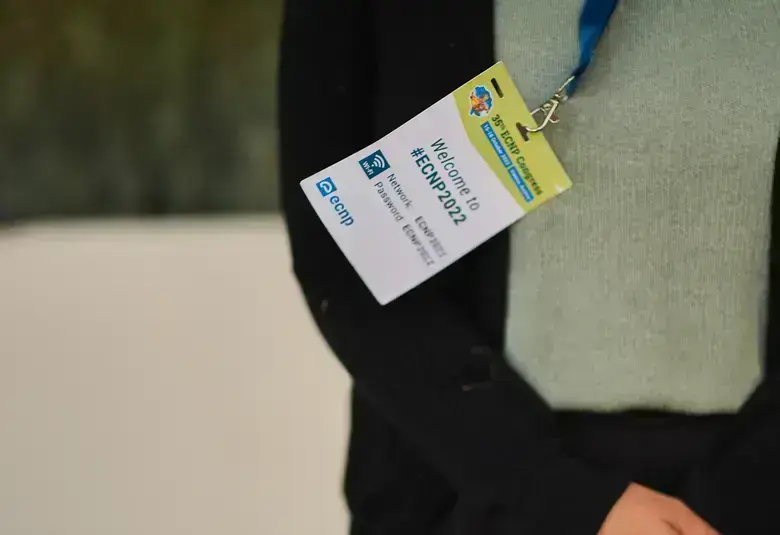Mania in adolescence and young adulthood is highly predictive of bipolar disorder type 1 (BPD1), and appears to be linked to disruptions in the maturation of ventral prefrontal networks with dysregulation of approach and avoidance behaviors. Early identification and interventions improve patient outcomes. At APA 2019, a large audience of psychiatrists was presented with clinical and neuroimaging data supporting these neurobiological hypotheses.
The neurodevelopmental genetic basis for BPD1
Mania is perhaps the most predictive syndrome in all psychiatry with 80% of patients developing a bipolar course, said Professor Stephen Strakowski, Dell Medical School, University of Texas in Austin, TX.
Evidence suggests that bipolar disorder type 1 starts before adolescence
BPD1 is also heritable in 85% of patients, and the age of onset suggests that it is a neurodevelopmental genetic brain disease. Although it emerges in adolescence, evidence suggests that BPD1 neurodevelopmental pathology starts before adolescence.
The complex clinical presentation of BPD1 comprises:
- mania characterized by extreme mood states, risk-taking and reward-seeking behavior; and thought, speech and sleep activation
- depression in over 80% of patients
- cognitive, anxious and neurovegetative symptoms
- waxing and waning course of illness
All features suggest a neurodevelopmental cause with disrupted neural regulation of affective, and risk and reward activation behaviors, said Professor Strakowski.
Amygdala and ventral prefrontal cortex (PFC) dysfunction underlie BPD1
Amygdala dysfunction leads to increased risk-taking and reward-seeking behaviors
Within the brain, the amygdala is the reaction center that responds to threats, and the striatum is the reward center. The amygdala develops earlier than the prefrontal cortex (PFC) and is associated with quick emotional responses.
In mania, it appears that the amygdala is not sending appropriate signals and is providing misinformation, explained Professor Strakowski.
The increased risk-taking and reward-seeking behaviors and associated ventral striatal and medial PFC hypersensitivity in adolescence also appears to depend on social context, Professor Strakowski added.1 During adolescence, ventral PFC modulation of approach-and-avoidance neurobiology in the striatum and amygdala matures, particularly in socioemotional contexts — but this is disrupted in BPD1.2
A meta-analysis of neuroimaging studies revealed that amygdala volumes in BPD1 are smaller in children and adolescents compared with controls, but not significantly different in adults from control adults
Manifestations of the dysfunctional ventral PFC networks underlying BPD1 include:
- amygdala hyperactivation to emotional expressions during mania, and this may predate onset of BPD1
- ventral PFC hypofrontality (reduced glucose utilization and blood flow)
- reward hypersensitivity (an overreaction to goals or reward‐relevant cues), which is relatively specific to mania.
During attentional tasks, patients with BPD1 inappropriately activate mood networks — limbic, paralimbic, and ventrolateral prefrontal areas, as well as visual associational cortices.3
A meta-analysis of neuroimaging studies revealed that amygdala volumes in BPD1 are smaller in children and adolescents compared with controls, but not significantly different in adults from control adults.4 Amygdala size normally peaks in adolescence and then prunes in healthy people, said Professor Strakowski.
Early identification and intervention improve outcomes
Treatment interventions that improve PFC modulation might improve outcome
Can we find the molecular basis of BPD1 to enable therapeutic intervention and improve the lives of people with BPD1, asked Professor Strakowski.
Imaging and other measures can be used to identify those patients at high risk of BPD1, and treatment interventions that improve PFC modulation might be able to impact the course of the illness, Professor Strakowski said. Decreases in brain activation have been observed in patients being treated for BPD1, providing evidence for potential neuroanatomic treatment response markers in first-episode BPD1.2
The natural course of the illness is shortening intervals between episodes of BPD1 over time. Lateral ventriculomegaly is greater in BPD1 patients, who have had repeated manic episodes and is associated with the number of previous manic episodes.5 This is probably part of the progressive course, said Professor Strakowski. A similar finding has been found in the cerebellum, but further work is needed to clarify the changes.
The biggest predictor of treatment response is prior treatment response, concluded Professor Strakowski. Most importantly, patients who adhere to early treatment and who avoid recreational drugs and alcohol have much better outcomes, and most can lead normal lives with good management.




